Switzerland's Wet Awakening: Unpacking a Weekend of Torrential Alpine Fury
Explore Switzerland's recent extreme weather event, uncovering local impacts, the robust emergency response, and its implications for future Alpine preparedness.

The Storm's Unfolding Canvas: A Nationwide Impact
recently found itself grappling with a relentless onslaught of extreme weather, transforming what should have been a pleasant summer weekend into a dramatic display of nature's raw power. The federal government, recognizing the escalating threat, swiftly elevated the danger level from 3 to a critical 4, issuing stark warnings of widespread flooding, sudden flash floods in mountain streams, and unpredictable mudslides. Regions like Eastern Switzerland, Central Switzerland, and the Bernese Oberland bore the brunt, with specific communities such as Erstfeld, Engelberg, Muotathal, and parts of Glarus experiencing significant disruption. Meteorologists had already braced the nation for substantial rainfall, with projections indicating between 80 to 130 mm on the northern Alpine slopes from Saturday through Tuesday, and local accumulations potentially soaring to 170 mm – a staggering amount that, in many areas, surpassed half of a typical July's total precipitation. This deluge, accompanied by fierce thunderstorms, hail, and strong winds, led to immediate, tangible consequences across the landscape, including a dramatic drop in the snow line from 3000m to 2000m overnight, further contributing to the liquid runoff and saturating already strained river systems. The scene was set for a challenging period, as the country braced for the full impact of this 'Schweizer Sommer' gone awry.
Navigating Nature's Fury: The Swiss Emergency Response
As the heavens opened, 's robust emergency response mechanisms were put to the ultimate test, demonstrating remarkable coordination and efficiency. Saturday afternoon saw the canton of Aargau inundated with over 160 emergency calls in just three hours, prompting the rapid deployment of 20 fire brigades. Their primary focus was on pumping out flooded basements and clearing submerged underpasses, a scene replicated across the country. In Zurich, a potent thunderstorm cell on Sunday evening brought similar challenges, with a Pfungen underpass submerged under 30 centimeters of water, quickly addressed by local firefighters. Beyond urban areas, critical infrastructure faced immediate threats; the Axenstrasse in Uri, a vital north-south artery, was swiftly closed due to a mudslide and rockfall. Crucially, automatic monitoring systems triggered the immediate closure, showcasing the country’s proactive approach to natural hazards. The collaborative efforts of and the were central, continuously monitoring the evolving situation and adjusting warnings. Their vigilance, coupled with urgent public appeals to avoid dangerous riverbanks and steep slopes, underscored a collective effort to mitigate risks and protect lives amidst the escalating deluge.
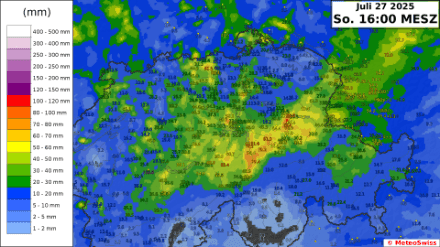
Beyond the Numbers: Local Tales from the Deluge
While official reports detailed the scale of the storm in millimeters and emergency calls, the true story of the weekend unfolded in countless localized anecdotes, revealing the immediate human impact of the 'torrential Alpine fury.' Across Central Switzerland, Aargau, and parts of Zurich, the dramatic scenes of fire brigade operations and localized flooding painted a vivid picture of disruption. Imagine the surprise when, as one report captured, it suddenly 'rained in Coop' – a stark illustration of the storm's unexpected ferocity and reach into everyday life. Though thankfully no injuries were reported, property damage was significant, leaving many to contend with the aftermath. In the canton of Obwalden, for instance, a resident's images captured the alarming sight of the Sarnersee overflowing its banks, while the usually docile 'Kleine Schliere' river in Alpnach swelled to unprecedented levels, its waters raging. These personal glimpses, from submerged underpasses to water-logged shopping centers, underscore the widespread chaos and the sheer power of rain and hail, which, in many places, delivered more than half of July’s average rainfall in just a few days. Each overflowing stream and flooded cellar contributed to a weekend that redefined the 'Swiss summer' for many.

A Summer Rethink: Adapting to Switzerland's Changing Climate
The recent weekend of extreme rainfall in serves as a potent reminder that the idyllic 'Swiss summer' might be undergoing a profound transformation. What was once considered exceptional is increasingly becoming a recurring feature, prompting a vital re-evaluation of the nation's climate adaptation strategies. The provisional record of 80 mm of rain per hour registered at the Bözberg station in Aargau, if confirmed, signals a concerning trend towards more intense, short-duration downpours, a hallmark of a warming climate. This, combined with the significant overall rainfall totals of up to 170 mm and the dramatic drop in the snow line—transforming what might have been snow into highly destructive liquid runoff—exacerbated the flooding and mudslide risks. 's sophisticated early warning systems and rapid emergency response, as demonstrated by the swift closure of the Axenstrasse and the coordinated efforts across cantons, showcase remarkable resilience. However, the sheer volume and intensity of these events suggest that while reactive measures are robust, proactive adaptation, particularly in alpine regions vulnerable to increased water flow and instability, will be paramount. The future demands continuous investment in climate-resilient infrastructure, updated risk assessments, and an ongoing dialogue about how a nation built on its natural beauty must evolve to protect itself from its changing climate.
Related Articles
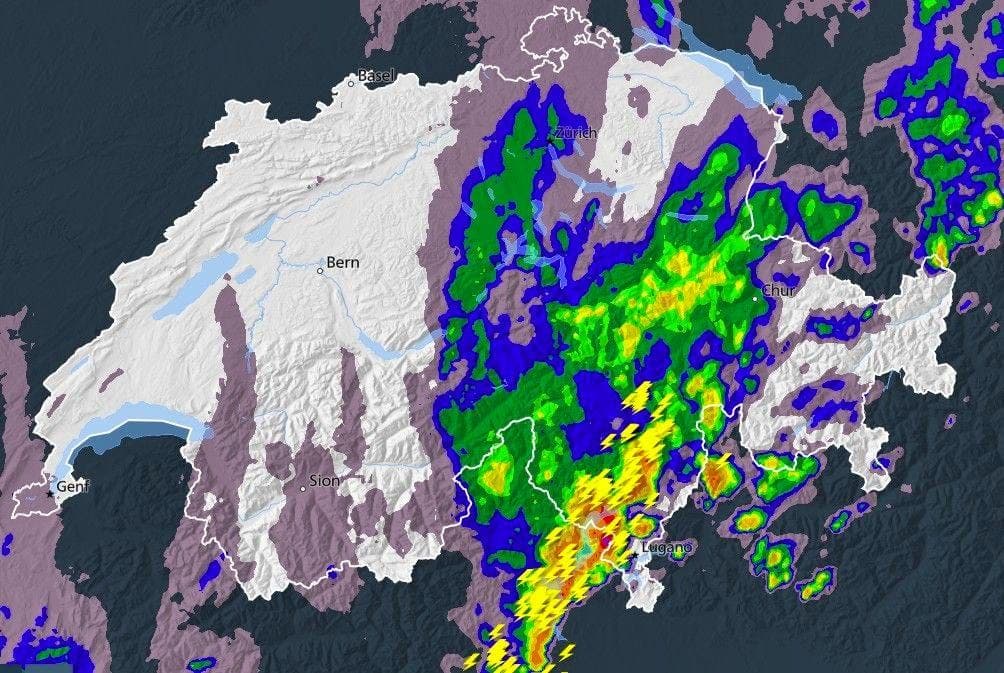
Alpine Fury Unleashed: Navigating Switzerland's Extreme Weather Resilience

Alpine Fury Unleashed: Navigating Switzerland's Extreme Weather Resilience
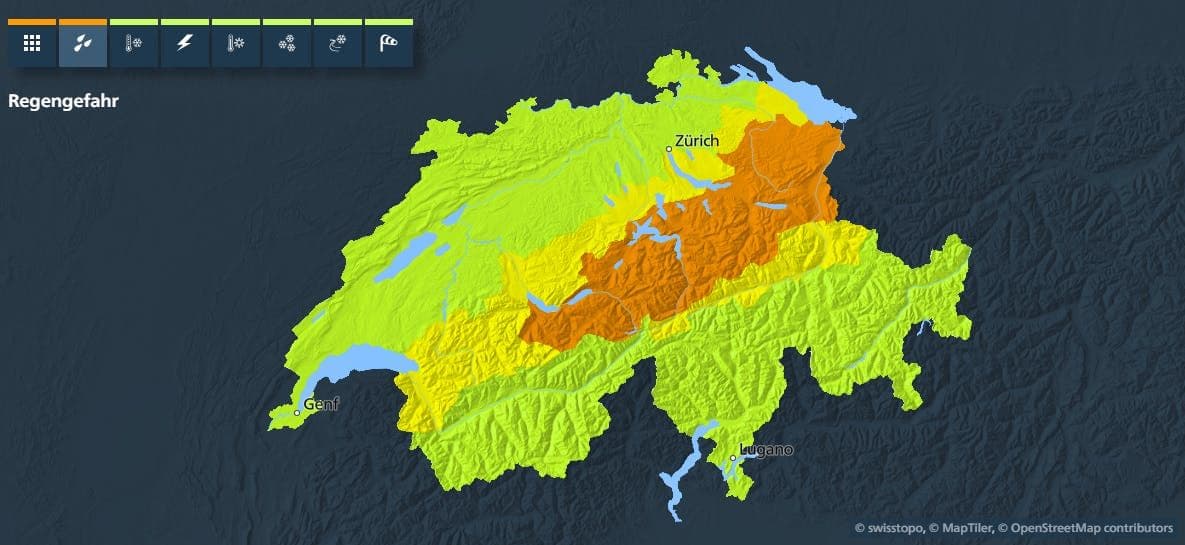
Alpine Anomalies: How Summer Storms Are Rewriting Switzerland's Weather Story

Alpine Anomalies: How Summer Storms Are Rewriting Switzerland's Weather Story
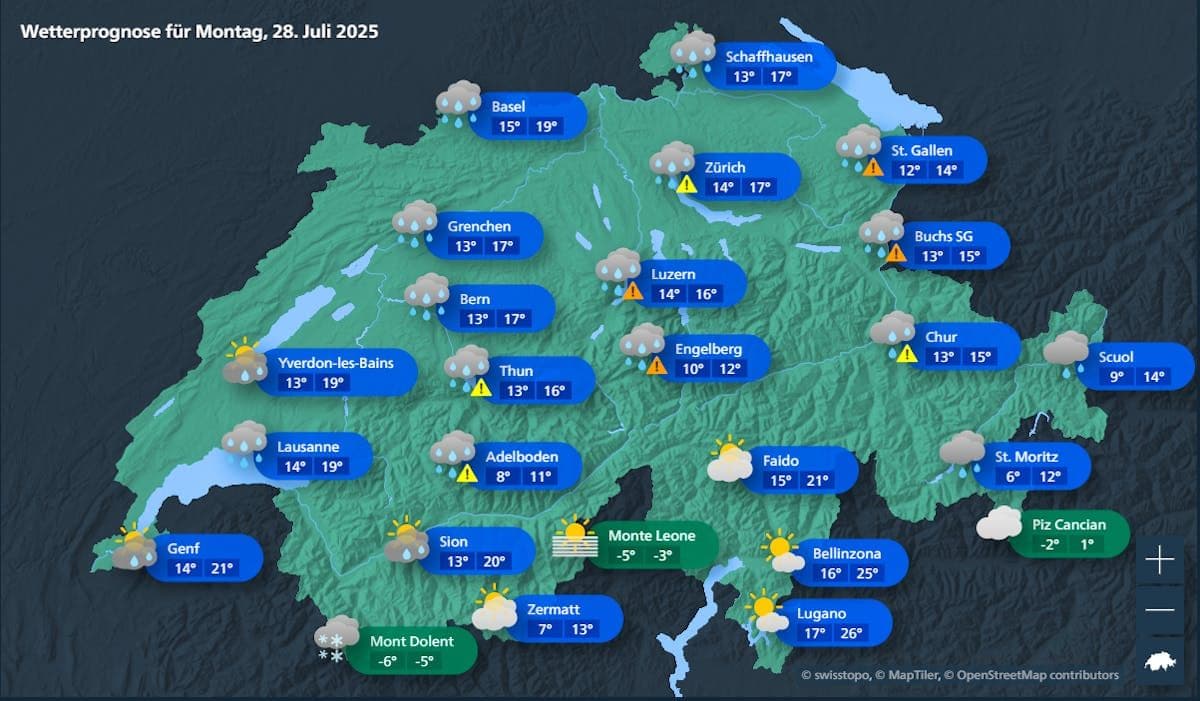
Alpine Anomaly: Switzerland's Unexpected Return to Winter Amidst Summer

Alpine Anomaly: Switzerland's Unexpected Return to Winter Amidst Summer
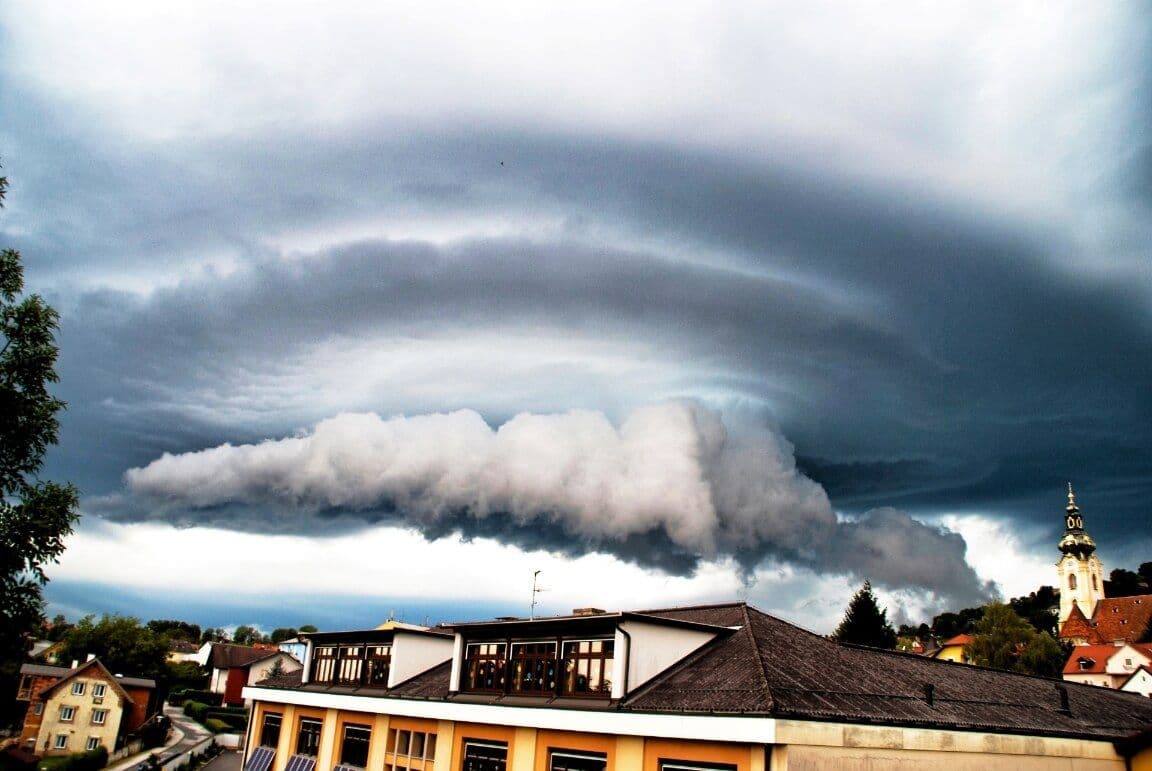
When the Sky Turns Stone: Decoding Austria's Escalating Hail Threat
